Coconut Seedlings
After 4-5 months in the main nursery bed, coconut seedlings are ready for planting out in the field and this should coincide with the onset of rains. Proper selection of seedlings in the main nursery alone ensures a 10% improvement in yield. Below are major considerations for coconut seedlings:
- Shoots should have a girth of 10-12 cm at the collar with about 6 leaves.
- Short and thick leaf stalks.
- Seedlings should have a robust healthy appearance and be free from pests and diseases.
Important Notice!!!
- After the coconut has been planted point side down with one-third of the coconut above the soil, it is moved to a well-lit, warm spot, the warmer the better as coconuts do best in spots that are 70 degrees F (21 degrees C) or warmer.
- It is important to keep coconuts well-watered during germination without letting them sit in overly wet soil.
- If you want to plant a coconut that has already sprouted, go ahead and plant it in well-draining soil so that the bottom two-thirds of the coconut is in the soil. Place in a warm area and water frequently.
Dwarf Green Coconut Seedlings
- Flowers 3-4 years after yield establishment and produce 81 nuts per palm per year.
- It has been proven to be resistant to the Lethal Yellowing Disease of coconut.
- Therefore, this particular variety is now being advocated for combating the disease.
- This variety is also used for ornamental purposes.
Transplanting Seedlings
- Seedlings should be removed from the main nursery by lifting with a spade and the roots carefully cut. Seedlings should never be lifted from the soil by pulling the leaves or stem.
- It is important to keep the seedlings in the shade and out of the sun and to have them planted as early as possible after removal from the main nursery.
- Once your coconut tree has started growing, water the coconut tree frequently. As long as the soil drains well, you really can’t water it too often.
- Second, growing coconut palms are heavy feeders that require regular, complete fertilizer. Look for a fertilizer that provides both the basic nutrients plus trace nutrients like boron, manganese, and magnesium.
- Third, coconut palms are very cold-sensitive. If you live in an area that gets cold, provide supplemental light indoors, and keep it away from drafts.
- In the hot season, summer, grow it outdoors and make sure you place it in a very sunny and warm spot.
Growing seedlings in polythene bags
For seedlings grown in polythene bags, advantages include (more vigorous seedlings with a better root system, better establishment, and early bearing, transplanting shock is greatly minimized since there is no root damage, the early establishment of transplanted seedlings, seedlings can be retained longer in the nursery when conditions for field planting are not favourable, weeding, watering and elimination of unwanted seedlings, as well as seedling selection for planting out to field, are more easily accomplished.
- Polybags are preferably black, UV resistant for durability, and measuring 40 – 45 cm wide with 8 – 10 holes at the bottom and sides are half-filled with soil and compost mixed at a 50:50 ratio.
- Decomposed sawdust, corncobs, rice hull, and other organic materials can be used to reduce the weight of the half-filled polybag and improve drainage and soil fertility.

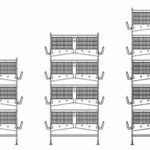


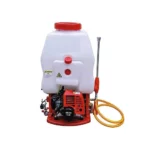
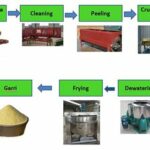
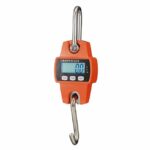
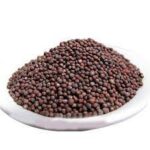






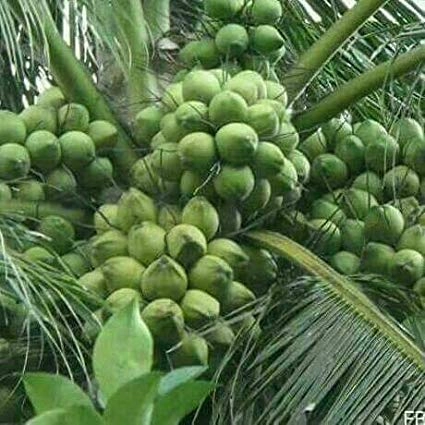
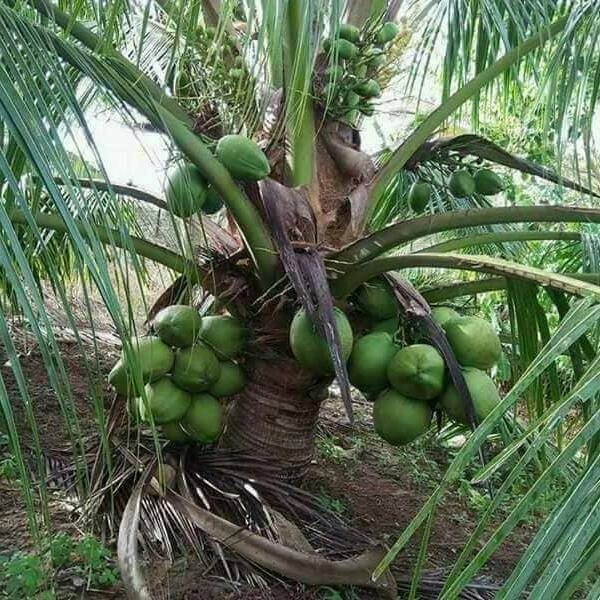
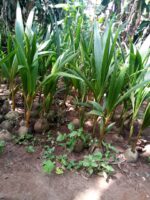


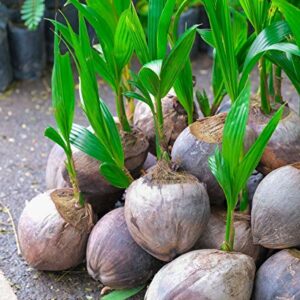

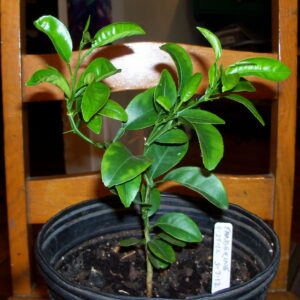

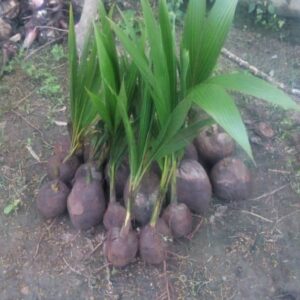
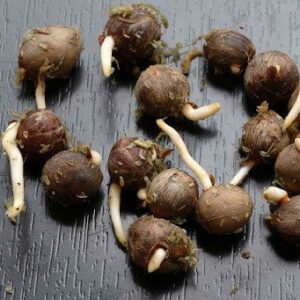
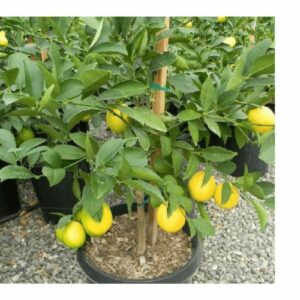
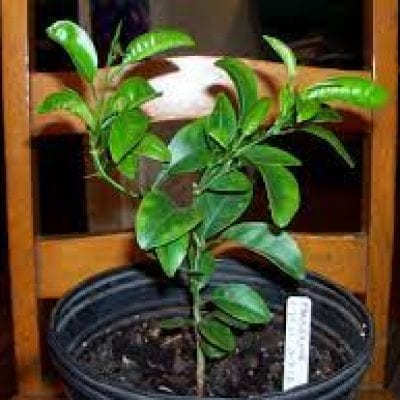
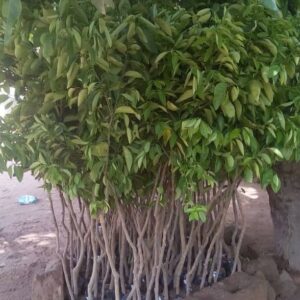
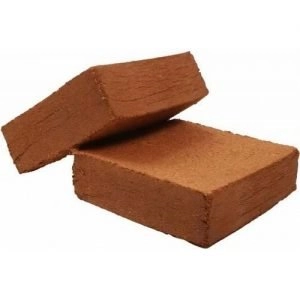
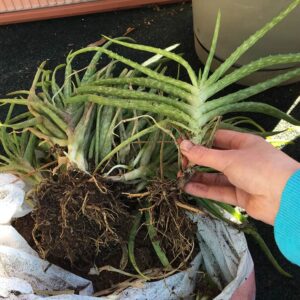
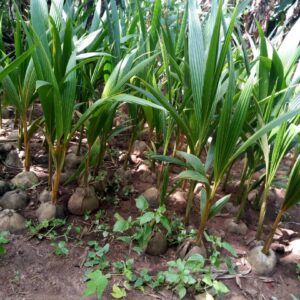
Reviews
Clear filtersThere are no reviews yet.